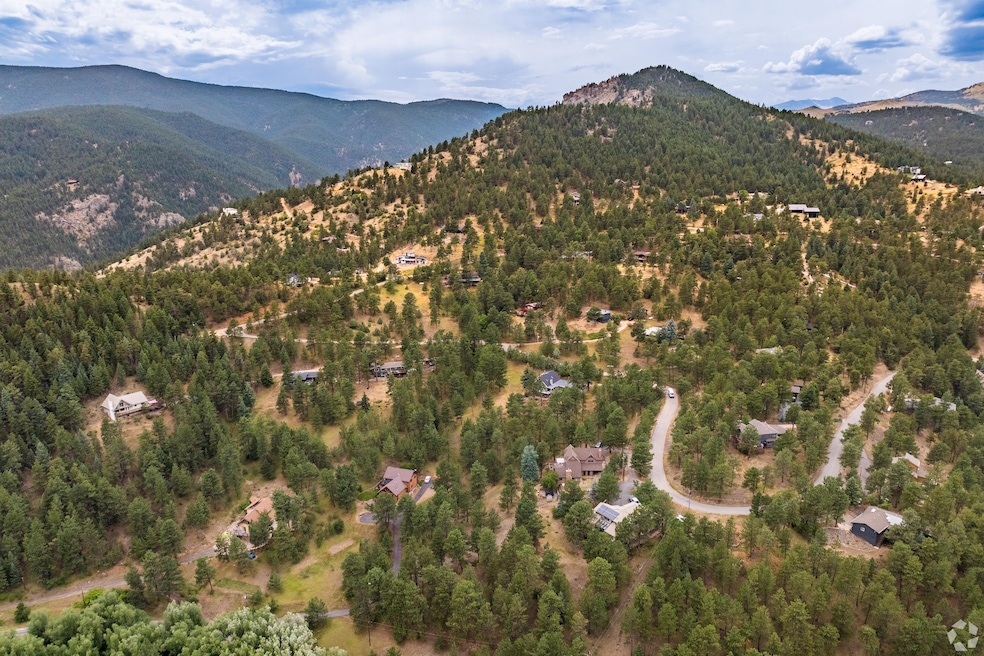Baby boomers hoping to simplify their lives by downsizing in metropolitan Boulder, Colorado, are facing sticker shock and a housing shortage that’s complicating their plans.
Kelly Moye, a real estate agent with Compass in Denver, said many of her buyers between the ages of 65 and 80 are relocating to be closer to their families but the housing inventory is not meeting the demand. Moye explained that boomer buyers are looking for smaller, low-maintenance homes — ideally with two to three bedrooms, no basement and a patio instead of a yard.
“They love the idea of downsizing, and they don't want a big mortgage payment, and they don't want a big house to maintain anymore,” Moye said.
That segment of the population is growing. The U.S. Census Bureau defines baby boomers as those born after World War II, from 1946 to 1964. Census data shows the population of residents 65 or older in Colorado increased from 845,453 to 975,901 between 2020 and 2024, an increase of 15%.
Meanwhile, the cost of living in the area is growing, too. Since 2021, the average value of homes in the Boulder metropolitan area has increased nearly 42%, from $696,123 to $968,460, according to Homes.com data.
Zana Leiferman, an agent with Real Realty Colorado in Longmont, told Homes.com that there is an issue with downsizing in general in Boulder.
“I am seeing it, and I think it has a lot to do with affordability,” Leiferman said. “They might be able to sell a house in Boulder and make good money, but then their downsizing options are still around $1 million, and the quality may or may not be there depending on where they are moving to.”
Lack of supply hinders search
But even with strong demand, the market isn’t delivering what these buyers want.
Baby boomers don't want to compromise on the luxury to which they've become accustomed, Moyer said, noting that the less expensive homes lack modern updates and that the high-end properties that meet their criteria are too costly. “It makes them feel like they're kind of going back in time to the house they had 12 years ago,” she said.
Cooper Thayer, an agent with Thayer Group in Castle Rock, said there is a supply issue with these sorts of homes across the Denver metropolitan area.
"We have smaller homes, but they tend to be older and more affordable," Thayer said. "And we’ve got bigger luxury homes with luxury finishes. But we lack that small, 1,500-to-2,500 square-foot [home] ... And that is a very in-demand product right now — especially for that generation."
Jeannie Tobin, Denver-based director of market analytics for Homes.com, said Boulder’s housing market has been chronically undersupplied.
“This is likely, in part, due to decades of strict building regulations aimed at protecting open spaces,” Tobin said. “More recently, the higher interest rate environment, elevated materials costs and reduced construction lending have hindered many developers from moving forward on housing projects.”
Thayer said new construction has always been particularly limited in Boulder.
"Right now, in Boulder, it’s not like a developer can come in and build 1,000 new homes that are that ranch [and patio home] product," Thayer said. "Boulder is very constrained to its existing inventory and infill redevelopment, which doesn’t tend to have that product.”
Moye said while builders have been slow to respond to the demand for patio homes, others are constructing the ideal product.
However, these homes are still at a high price point that can be challenging for buyers.
“Over time, all the costs of construction, labor and materials have gone up so much that to have a similarly finished home, you're paying about the same price as that house that you're selling,” Moye said.
Additionally, Leiferman said there are a few other obstacles to affordability.
“A lot of people, I think, are getting priced out of homes because property insurance and property taxes are going up,” she said.
Despite the challenges, demand for these types of homes is likely to grow as more baby boomers seek to simplify their lifestyles without sacrificing comfort.
“I see builders building as much of this product as they can because we do have such a big aging population that seems to want to live in properties like this,” Moye said. “But I'm not seeing how they're going to make it more affordable.”
Ultimately, Moye thinks a shift in expectations may be necessary to manage this issue.
“I think if that group going forward had a more realistic approach to what that next house is going to cost, they wouldn't struggle so much with it,” she said. “They just think logically if they buy a smaller house, it should cost less, and it just doesn't.”
As Boulder’s aging population grows, the mismatch between expectations and reality may continue — unless builders and buyers find common ground.

